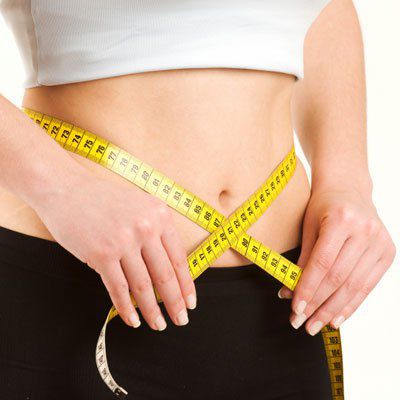Tomography density evaluation techniques mechanical densifcation green bodies 1. Abstract green body density measurement techniques were investigated and compared. The ultrasonic direct transmission density measurement. The green body was formed under a mean axial stress of 120 mpa which is slightly more than the supplier recommended 100 mpa forming pressure to attain a green density of 24 g cm 3. The porosity of freshly pressed ceramic bodies governs green tile behavior during the process drying glazing and firing and largely determine the properties of the final product. Density or grain density iso 8840 and sans 5904.
The green body density feld of a truncated cylinder made of alumina powder is evaluated using this method and the reconstructed feld is presented. The measurement techniques investigated include mass volume measurement mercury pycnometry powderdisplacement pycnometry and noncontact ultrasonic method. Crossing and cross correlation techniques fig. This can also be used to measure bulk density of green clay body chips which would with other techniques break down under water or xylene. The bulk density of a green ceramic body provides. Fields et al 2001 2002.
Powder sintering involves raising the temperature of the green compact pressed powder part to a certain level and keeping it at that temperature for a certain amount of time. The measurement of bulk density of for example green ceramic tiles during production is a fundamental parameter for the quality of the product. The bulk density of a green ceramic body provides valuable information needed to control the quality of a ceramic piece after firing with respect to its final size and the porosity and cracks in the body and is proportional to the final mechanical. This method uses non contact ultrasonic probes. This will cause bonding mechanisms to occur between powder particles pressed together in the compact. The analysis took advantage of the symmetry of the green body along the diameter thereby yielding two mirror images of the sample.
The measurement of bulk density of for example green ceramic tiles during production is a fundamental parameter for the quality of the product. Introduction the ceramics industry is interested in increasing ef. Essentially the same differences have been confirmed by hydrostatic weighing body density as measured by whole body immersion in water skin fold thickness anthropometry dual energy x ray absorptiometry electrical impedance proton magnetic resonance spectrometry tbw measurement by isotope dilution and air displacement plethysmography buffa et al 2001. Correspond to the original solution. The work presents an innovative method for non intrusive measurement of the apparent density of green ceramic tiles during the production stage. The sintering temperature is usually between 70 and 90 of the melting point of the powder metal.



















